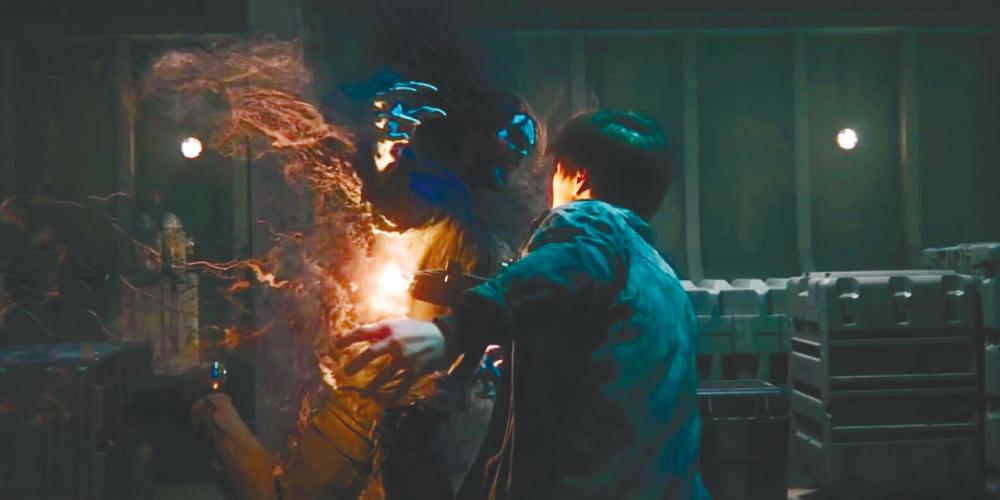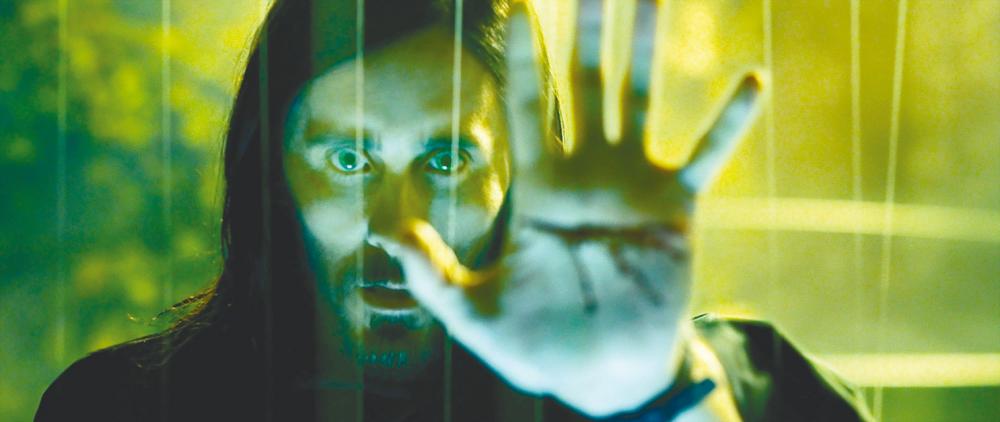THE latest entry in Sony’s “Venomverse”, the studio’s game-changing strategy to fight competitors, is Morbius, a film that tells a never-done-before story.
A man stricken with a rare blood disease, Dr. Michael Morbius (Jared Leto) resorts to gene therapy that splices vampire bat DNA with human DNA. While the experiment works and cures him, Morbius becomes a vampire as a side-effect, regularly needing to feed on blood or risk reverting to being sick.
In a world where cinematography as seen in The Batman exists, or character development, comedy and action filmmaking as seen in most Marvel Cinematic Universe (MCU) movies exists, Morbius chooses to go against the grain.
The action is simple, the CGI looks like PlayStation 3 graphics, there is the early 2000s Matrix-inspired slow-mo in every fight sequence, and the story is basically “Man ****s science. Bad things happen”.
Another aspect of Morbius that stands out is the editing. Absolutely stellar. It’s impossible to tell that the film was initially filmed in 2019, and then went through reshoots to align itself with certain movie events.
Lesser critics would say Morbius is “boring”, “uninspired” or “bad”. I say Morbius is avantgarde and experimental.
An often repeated quote by Morbius and Milo (Matt Smith), his friend who suffers from the same blood disease, is how they’re the few Spartans against everyone else.
Morbius is the Spartan against the many other superhero movies.
If there is any valid criticism that can be hurled at Morbius, it’s that Leto didn’t go the extra mile with his method acting, like actually breaking his arms and legs to better portray Dr Morbius, who moves around with two walking sticks.
However, like Jesus Christ’s resurrection and emergence from the empty tomb, Morbius is Leto’s resurrection after being locked within a tomb while still wearing his Suicide Squad Joker make-up.

History repeats itself
Once the initial credits began to roll, it took a while before the names of Morbius’ producers appeared, but when Avi Arad’s name finally splashed on the screen, that’s when it all clicked in my head: “This is why Morbius is good. Arad produced this film”.
For those who are unaware, Arad has had a long history of producing almost all of the Marvel movies that are set outside of the MCU, which is separately produced by Kevin Feige.
Arad’s history in filmmaking has seen him produce successful arthouse superhero films such as 2003’s Daredevil, the Ghost Rider films and the Fantastic Four films, among many others.
However, the most notable and most famous films that Arad produced were Spider-Man 3 and The Amazing Spider-Man 2.

Arad’s passionate love for exclusively producing superhero movie is eclipsed by his love for Spider-Man, or, more specifically, Venom and the infamous Sinister Six, Spider-Man’s archenemies.
It is this burning passion the producer has for the sticky, gooey alien and the supervillain group that led him to coercing Sam Raimi to include Venom into Spider-Man 3, and years later, Arad did it again with Marc Webb, by coercing him to include not one, not two, but three supervillains in The Amazing Spider-Man 2, because Arad really, really wanted to bring the Sinister Six to the big screen.
Some people criticised both films for having too many villains, but Arad, a visionary beyond his time, allegedly said: “No, there will always be room for another ten supervillains in my movies”.
Which leads us back to Morbius, which features one villain, but the mid-credits and post-credits scenes teases another villain.
Arad, the mad genius, completely ignores storytelling rules and rationality, breaks the multiverse by bringing another supervillain from a completely unrelated movie just so he can make his Sinister Six movie.
Bravo.









